
Here’s my monthly roundup of the best interest rates on cash as of February 2024, roughly sorted from shortest to longest maturities. There are often lesser-known opportunities available to individual investors, where you could earn a lot more money while keeping the same level of safety by moving to another FDIC-insured bank or NCUA-insured credit union. Check out my Ultimate Rate-Chaser Calculator to see how much extra interest you could earn from switching. Rates listed are available to everyone nationwide. Rates checked as of 2/5/2024.
TL;DR: Mostly minor movements. Still 5%+ savings accounts and short-term CDs, but no more 5-year CDs at 5% APY. Compare against Treasury bills and bonds at every maturity, taking into account state tax exemption.
Fintech accounts
Available only to individual investors, fintech companies often pay higher-than-market rates in order to achieve fast short-term growth (often using venture capital). “Fintech” is usually a software layer on top of a partner bank’s FDIC insurance.
- 5.32% APY ($1 minimum). Raisin lets you switch between different FDIC-insured banks and NCUA-insured credit unions easily without opening a new account every time, and their liquid savings rates currently top out at 5.32% APY. See my Raisin review for details. Raisin does not charge depositors a fee for the service.
- 5.36% APY (before fees). MaxMyInterest is another service that allows you to access and switch between different FDIC-insured banks. You can view their current banks and APYs here. As of 12/6/23, the highest rate is from Customers Bank at 5.36% APY. However, note that they charge a membership fee of 0.04% per quarter, or 0.16% per year (subject to $20 minimum per quarter, or $80 per year). That means if you have a $10,000 balance, then $80 a year = 0.80% per year. This service is meant for those with larger balances. You are allowed to cancel the service and keep the bank accounts, but then you may lose their specially-negotiated rates and cannot switch between banks anymore.
High-yield savings accounts
Since the huge megabanks STILL pay essentially no interest, everyone should have a separate, no-fee online savings account to piggy-back onto your existing checking account. The interest rates on savings accounts can drop at any time, so I list the top rates as well as competitive rates from banks with a history of competitive rates and solid user experience. Some banks will bait you with a temporary top rate and then lower the rates in the hopes that you are too lazy to leave.
- The top rate at the moment is at Milli (app only) at 5.50% APY. BrioDirect at 5.35% APY. CIT Platinum Savings at 5.05% APY with $5,000+ balance.
- SoFi Bank is now up to 4.60% APY + up to $325 new account bonus with direct deposit. You must maintain a direct deposit of any amount each month for the higher APY. SoFi has historically competitive rates and full banking features. See details at $25 + $300 SoFi Money new account and deposit bonus.
- Here is a limited survey of high-yield savings accounts. They aren’t the highest current rate, but historically have kept it relatively competitive and I like to track their history.
Short-term guaranteed rates (1 year and under)
A common question is what to do with a big pile of cash that you’re waiting to deploy shortly (plan to buy a house soon, just sold your house, just sold your business, legal settlement, inheritance). My usual advice is to keep things simple and take your time. If not a savings account, then put it in a flexible short-term CD under the FDIC limits until you have a plan.
- No Penalty CDs offer a fixed interest rate that can never go down, but you can still take out your money (once) without any fees if you want to use it elsewhere. Raisin has a 5-month No Penalty CD at 5.36% APY with $1 minimum deposit and 30-day minimum hold time. CIT Bank has a 11-month No Penalty CD at 4.90% APY with a $1,000 minimum deposit. Ally Bank has a 11-month No Penalty CD at 4.25% APY for all balance tiers. Marcus has a 13-month No Penalty CD at 4.70% APY with a $500 minimum deposit. Consider opening multiple CDs in smaller increments for more flexibility.
- Lafayette Federal Credit Union has a 1-year certificate at 5.56% APY ($500 min). They also have jumbo certificates with $100,000 minimums at even higher rates, but a harsh 180-day penalty if you withdraw your CD funds before maturity. Anyone can join this credit union via partner organization ($10 one-time fee).
- CIBC Agility Online has a 12-month CD at 5.51% APY. Reasonable 30-day penalty if you withdraw your CD funds before maturity.
Money market mutual funds + Ultra-short bond ETFs
Many brokerage firms that pay out very little interest on their default cash sweep funds (and keep the difference for themselves). Note: Money market mutual funds are highly-regulated, but ultimately not FDIC-insured, so I would still stick with highly reputable firms. I am including a few ultra-short bond ETFs as they may be your best cash alternative in a brokerage account, but they may experience losses.
- Vanguard Federal Money Market Fund is the default sweep option for Vanguard brokerage accounts, which has an SEC yield of 5.28% (changes daily, but also works out to a compound yield of 5.41%, which is better for comparing against APY). Odds are this is much higher than your own broker’s default cash sweep interest rate.
- The PIMCO Enhanced Short Maturity Active Bond ETF (MINT) has a 5.39% SEC yield and the iShares Short Maturity Bond ETF (NEAR) has a 5.15% SEC yield while holding a portfolio of investment-grade bonds with an average duration of ~6 months.
Treasury Bills and Ultra-short Treasury ETFs
Another option is to buy individual Treasury bills which come in a variety of maturities from 4-weeks to 52-weeks and are fully backed by the US government. You can also invest in ETFs that hold a rotating basket of short-term Treasury Bills for you, while charging a small management fee for doing so. T-bill interest is exempt from state and local income taxes, which can make a significant difference in your effective yield.
- You can build your own T-Bill ladder at TreasuryDirect.gov or via a brokerage account with a bond desk like Vanguard and Fidelity. Here are the current Treasury Bill rates. As of 2/5/24, a new 4-week T-Bill had the equivalent of 5.39% annualized interest and a 52-week T-Bill had the equivalent of 4.64% annualized interest.
- The iShares 0-3 Month Treasury Bond ETF (SGOV) has a 5.17% SEC yield and effective duration of 0.10 years. SPDR Bloomberg Barclays 1-3 Month T-Bill ETF (BIL) has a 5.24% SEC yield and effective duration of 0.08 years.
US Savings Bonds
Series I Savings Bonds offer rates that are linked to inflation and backed by the US government. You must hold them for at least a year. If you redeem them within 5 years there is a penalty of the last 3 months of interest. The annual purchase limit for electronic I bonds is $10,000 per Social Security Number, available online at TreasuryDirect.gov. You can also buy an additional $5,000 in paper I bonds using your tax refund with IRS Form 8888.
- “I Bonds” bought between November 2023 and April 2024 will earn a 5.27% rate for the first six months. The rate of the subsequent 6-month period will be based on inflation again. More on Savings Bonds here.
- In mid-April 2023, the CPI will be announced and you will have a short period where you will have a very close estimate of the rate for the next 12 months. I will have another post up at that time.
Rewards checking accounts
These unique checking accounts pay above-average interest rates, but with unique risks. You have to jump through certain hoops which usually involve 10+ debit card purchases each cycle, a certain number of ACH/direct deposits, and/or a certain number of logins per month. If you make a mistake (or they judge that you did) you risk earning zero interest for that month. Some folks don’t mind the extra work and attention required, while others would rather not bother. Rates can also drop suddenly, leaving a “bait-and-switch” feeling.
- OnPath Federal Credit Union pays 7.00% APY on up to $10,000 if you make 15 debit card purchases, opt into online statements, and login to online or mobile banking once per statement cycle. Anyone can join this credit union via $5 membership fee to join partner organization. You can also get a $100 Visa Reward card when you open a new account and make qualifying transactions.
- Credit Union of New Jersey pays 6.00% APY on up to $25,000 if you make 15 debit card purchases, opt into online statements, and make at least 1 direct deposit, online bill payment, or automatic payment (ACH) per statement cycle. Anyone can join this credit union via $5 membership fee to join partner organization.
- Pelican State Credit Union pays 6.05% APY on up to $20,000 if you make 15 debit card purchases, opt into online statements, log into your account at least once, and make at least 1 direct deposit, online bill payment, or automatic payment (ACH) per statement cycle. Anyone can join this credit union via partner organization membership.
- Orion Federal Credit Union pays 6.00% APY on up to $10,000 if you make electronic deposits of $500+ each month (ACH transfers count) and spend $500+ on your Orion debit or credit card each month. Anyone can join this credit union via $10 membership fee to partner organization membership.
- All America/Redneck Bank pays 5.30% APY on up to $15,000 if you make 10 debit card purchases each monthly cycle with online statements.
- Find a locally-restricted rewards checking account at DepositAccounts.
Certificates of deposit (greater than 1 year)
CDs offer higher rates, but come with an early withdrawal penalty. By finding a bank CD with a reasonable early withdrawal penalty, you can enjoy higher rates but maintain access in a true emergency. Alternatively, consider building a CD ladder of different maturity lengths (ex. 1/2/3/4/5-years) such that you have access to part of the ladder each year, but your blended interest rate is higher than a savings account. When one CD matures, use that money to buy another 5-year CD to keep the ladder going. Some CDs also offer “add-ons” where you can deposit more funds if rates drop.
- Library Of Congress Federal Credit Union has a 60-month CD at 4.84% APY with $500 minimum. Shorter terms are pretty competitive as well: 4-year at 4.89% APY. 3-year at 5.25% APY. 2-year at 5.20% APY. 1-year at 5.35% APY. The early withdrawal penalty for the 5-year is 180 days of interest. Anyone can join this credit union via partner organization.
- BMO Alto has a 5-year CD at 4.60% APY. 4-year at 4.60% APY. 3-year at 4.60% APY. 2-year at 4.75% APY. 1-year at 5.30% APY. No minimum. The early withdrawal penalty (EWP) for CD maturities of 1 year or more is 180 days of interest. For CD maturities of 11 months or less, the EWP is 90 days of interest. Note that they reserve the right to prohibit early withdrawals entirely. Online-only subsidiary of BMO Bank.
- You can buy certificates of deposit via the bond desks of Vanguard and Fidelity. You may need an account to see the rates. These “brokered CDs” offer FDIC insurance and easy laddering, but they don’t come with predictable early withdrawal penalties. Right now, I see a 5-year non-callable CD at 4.10% APY (callable: no, call protection: yes). Be warned that now both Vanguard and Fidelity will list higher rates from callable CDs, which importantly means they can call back your CD if rates drop later.
Longer-term Instruments
I’d use these with caution due to increased interest rate risk, but I still track them to see the rest of the current yield curve.
- Willing to lock up your money for 10 years? You can buy long-term certificates of deposit via the bond desks of Vanguard and Fidelity. These “brokered CDs” offer FDIC insurance, but they don’t come with predictable early withdrawal penalties. You might find something that pays more than your other brokerage cash and Treasury options. Right now, I see a 10-year CDs at [n/a] (callable: no, call protection: yes) vs. 4.16% for a 10-year Treasury. Watch out for higher rates from callable CDs where they can call your CD back if interest rates drop.
All rates were checked as of 2/5/2023.
Photo by micheile henderson on Unsplash
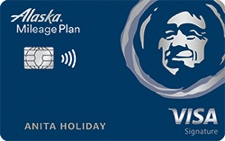
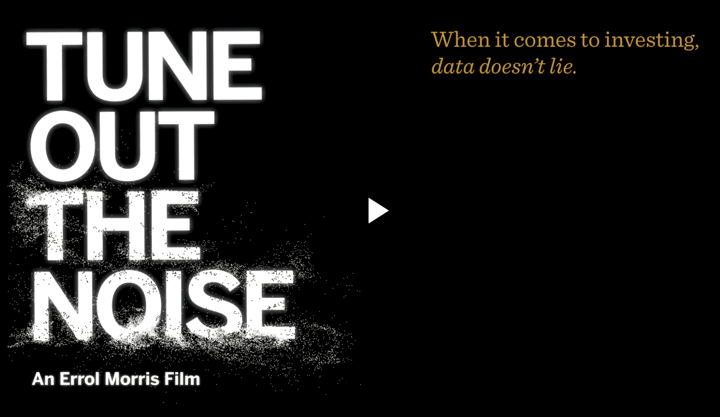
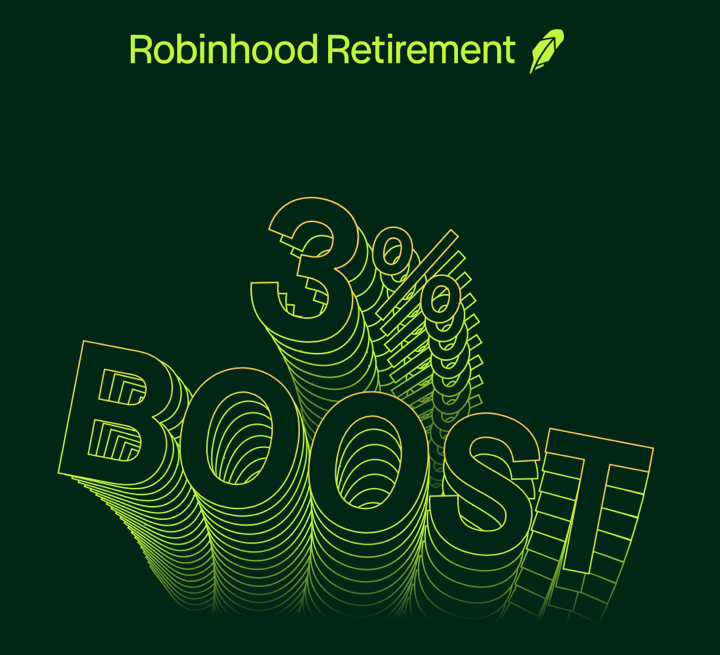
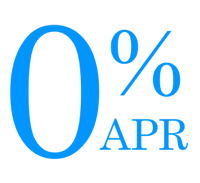 Looking to pay off any remaining credit card debt? 📈 Shopping around for the best balance transfer offer can save you thousands of dollars in interest. Below is a freshly updated list of the best 0% APR balance transfer offers. I try to include both the big banks and lesser-known credit unions with easy membership requirements.
Looking to pay off any remaining credit card debt? 📈 Shopping around for the best balance transfer offer can save you thousands of dollars in interest. Below is a freshly updated list of the best 0% APR balance transfer offers. I try to include both the big banks and lesser-known credit unions with easy membership requirements.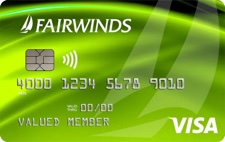
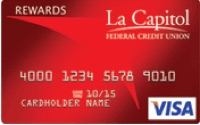
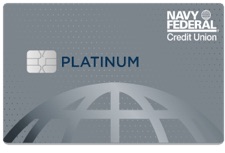
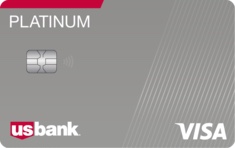
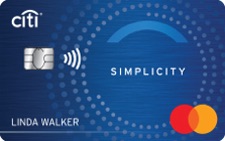
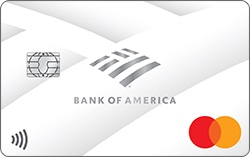
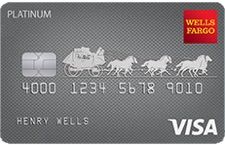

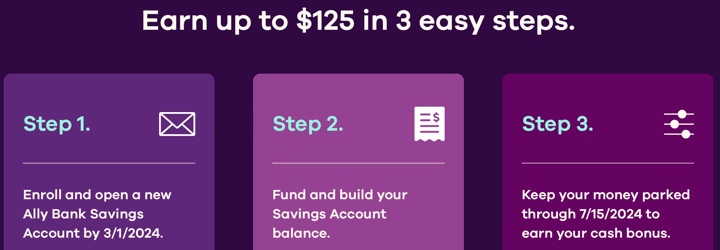
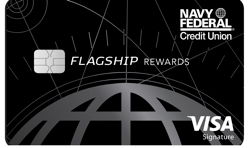 The
The 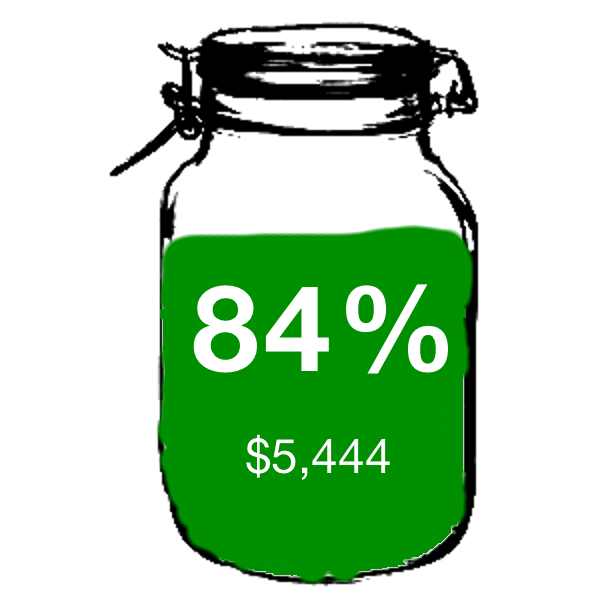
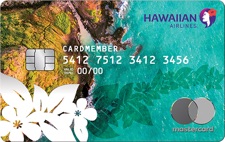 The
The 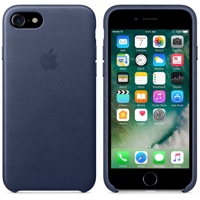 Apple settled a class action lawsuit claiming that they secretly throttled the performance of iPhones using software in order to offset battery problems. Some users claimed that if Apple did this openly, they could have simply replaced the batteries in their old phones instead of replacing the entire phone. If you owned one of the following devices and experienced diminished performance, you can
Apple settled a class action lawsuit claiming that they secretly throttled the performance of iPhones using software in order to offset battery problems. Some users claimed that if Apple did this openly, they could have simply replaced the batteries in their old phones instead of replacing the entire phone. If you owned one of the following devices and experienced diminished performance, you can  The Best Credit Card Bonus Offers – 2025
The Best Credit Card Bonus Offers – 2025 Big List of Free Stocks from Brokerage Apps
Big List of Free Stocks from Brokerage Apps Best Interest Rates on Cash - 2025
Best Interest Rates on Cash - 2025 Free Credit Scores x 3 + Free Credit Monitoring
Free Credit Scores x 3 + Free Credit Monitoring Best No Fee 0% APR Balance Transfer Offers
Best No Fee 0% APR Balance Transfer Offers Little-Known Cellular Data Plans That Can Save Big Money
Little-Known Cellular Data Plans That Can Save Big Money How To Haggle Your Cable or Direct TV Bill
How To Haggle Your Cable or Direct TV Bill Big List of Free Consumer Data Reports (Credit, Rent, Work)
Big List of Free Consumer Data Reports (Credit, Rent, Work)